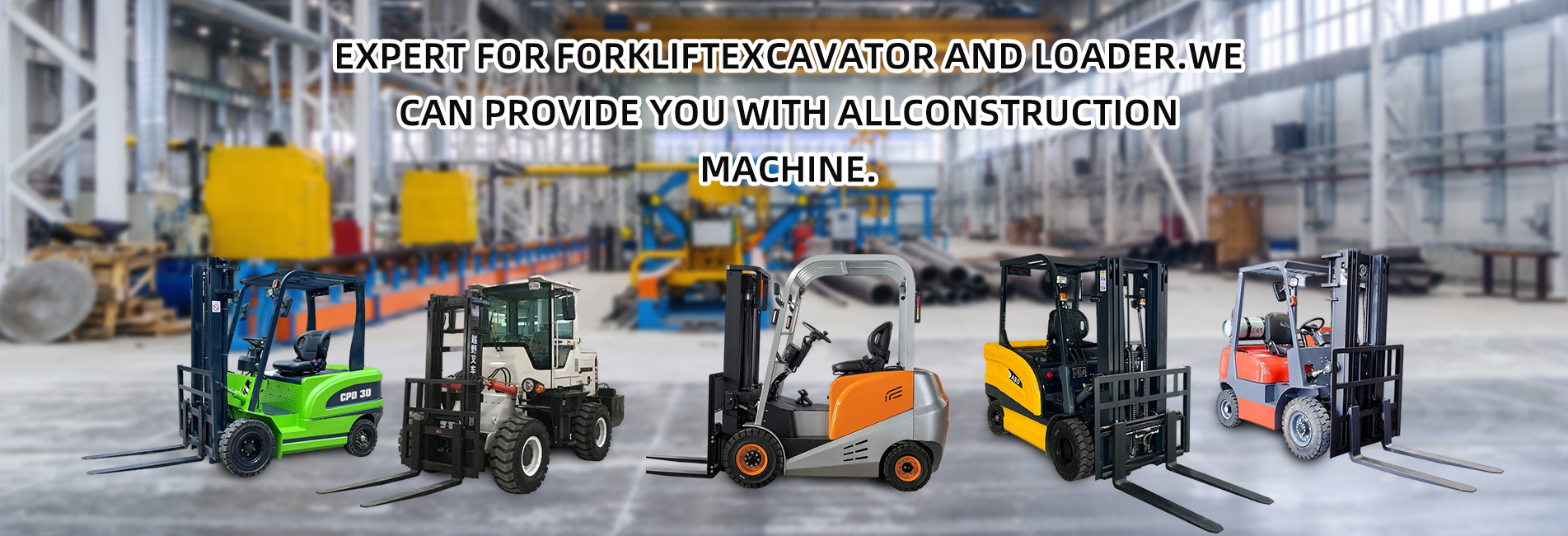Internal combustion forklifts are a type of forklift powered by internal combustion engines. With their characteristics of strong power, long endurance, and adaptability to complex environments, they have extensive and important applications in multiple fields, as follows:

I. Industrial Production Field
- Workshop material transfer: In factory workshops, internal combustion forklifts can efficiently transfer raw materials, semi-finished products, and finished products. For example, in automobile manufacturing plants, they can transfer large components such as engines and chassis from one production workstation to the next assembly workstation, reducing the labor intensity of manual handling and improving production efficiency.
- Production line assistance: Cooperating with the rhythm of the production line, they can timely deliver the required materials to designated positions or transfer finished products from the production line to storage areas, ensuring the smooth operation of the production line.
II. Warehousing and Logistics Field
- Cargo loading and unloading: In places such as warehouses and freight stations, they are used to load and unload goods from transport vehicles such as trucks and containers. For heavy goods, such as crated mechanical equipment and large household appliances, internal combustion forklifts can easily complete the loading and unloading operations, reducing labor costs and labor risks.
- Cargo stacking: They stack goods on shelves or the ground according to certain rules to maximize the use of storage space. By adjusting the height of the forks, goods can be stacked to a higher position, which is especially suitable for high-density storage scenarios in large warehouses.
- Cargo handling in warehouses: Inside warehouses, they move goods from the inbound area to the storage area, or from the storage area to the outbound area, completing the circulation of goods quickly and accurately, and improving the operational efficiency of the warehouse.
III. Port and Wharf Field
- Container loading, unloading and transfer: In ports, internal combustion forklifts (especially large special-purpose forklifts) can participate in the short-distance transfer of containers, moving containers from the shore to the yard, or performing operations such as shifting and stacking in the yard. They are important equipment in the port container logistics chain.
- Bulk cargo handling: For bulk cargo such as coal, ore, and grain, internal combustion forklifts equipped with corresponding attachments can carry out loading, unloading, and short-distance handling, assisting in the bulk cargo handling operations at ports.
IV. Construction Site Field
- Construction material handling: On construction sites, they transport construction materials such as steel, wood, cement pipes, and bricks. For example, they transfer steel bars from the material stacking area to the steel processing area, or transport masonry bricks to the construction floor, ensuring the construction progress.
- Small equipment shifting: They perform short-distance shifting of small construction equipment on the site, such as mixers and electric welders, facilitating the installation, use, and maintenance of the equipment.
V. Agricultural Field
- Agricultural product handling and loading/unloading: In places such as farms and agricultural product processing plants, they are used to transport agricultural products such as grain, fruits, and vegetables. For instance, they transport harvested grain from the field to the warehouse, or load it from the warehouse to transport vehicles, improving the transportation efficiency of agricultural products.
- Agricultural material transfer: They transport agricultural materials such as chemical fertilizers, pesticides, and feed, ensuring that these materials can be supplied to the field or breeding areas in a timely manner.
In conclusion, relying on their strong power and adaptability, internal combustion forklifts have become indispensable key equipment for material handling and loading/unloading operations in various industries, greatly improving the efficiency and safety of related operations.


